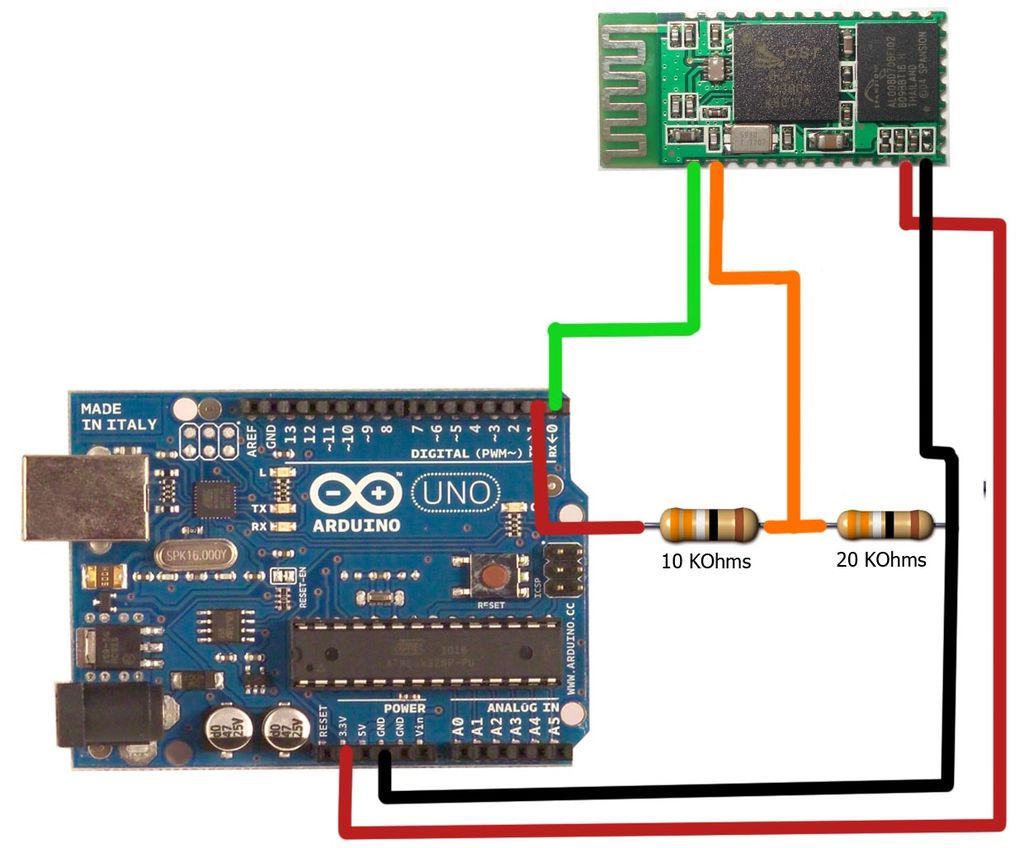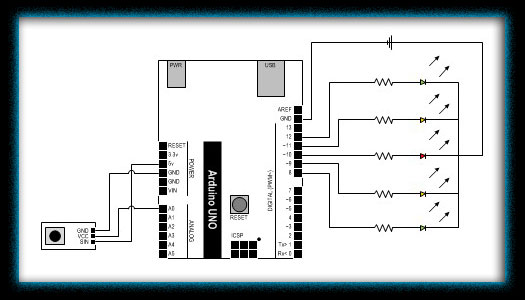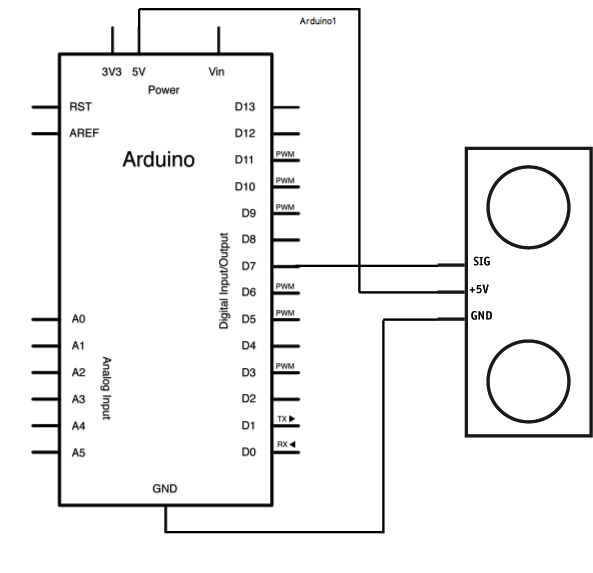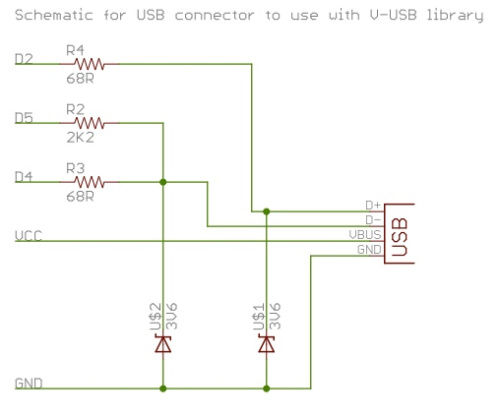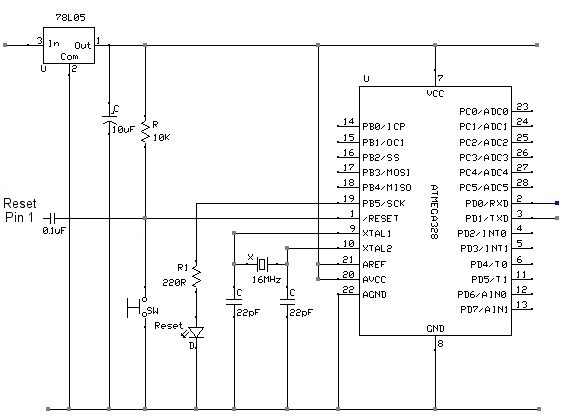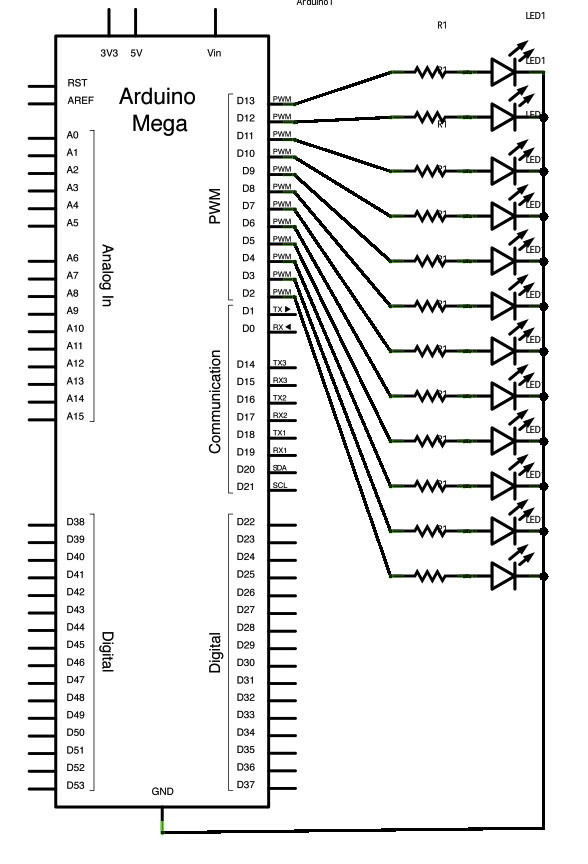
The Arduino Internet Gizmo
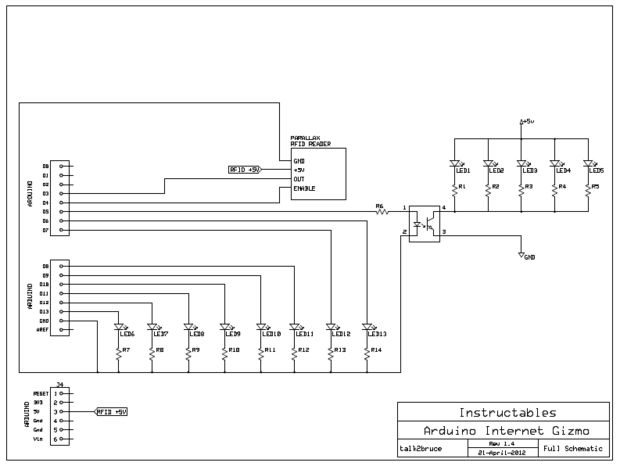
The Arduino Internet Gizmo comprises an Arduino, an RFID card reader, several LEDs, and various components housed within a repurposed PC power supply case.
The Arduino Internet Gizmo is a versatile electronic project designed to facilitate Internet connectivity and RFID card reading capabilities. At its core is an Arduino microcontroller, which serves as the central processing unit, managing inputs from the RFID card reader and controlling the output to the LEDs.
The RFID card reader is integrated to allow for the scanning and identification of RFID tags, enabling applications such as access control, inventory management, or interactive installations. The LEDs are utilized as visual indicators, providing feedback on the status of operations, such as successful RFID scans or system alerts.
The choice of housing the entire assembly within a recycled PC power supply case not only promotes sustainability but also offers a robust enclosure that protects the electronic components from physical damage. This case can be modified to accommodate additional features or enhancements, such as extra sensors or communication modules, depending on the project's requirements.
In terms of connectivity, the Arduino can be equipped with Wi-Fi or Ethernet modules, enabling it to connect to the Internet for remote monitoring or control. This feature enhances the functionality of the Gizmo, allowing for data logging, notifications, and integration with other IoT devices.
Overall, the Arduino Internet Gizmo represents a creative amalgamation of hardware components, showcasing the potential for innovative applications in the realm of electronics and Internet connectivity.The Arduino Internet Gizmo consists of an Arduino, a RFID card reader, a bunch of LEDs and other components mounted in a recycled PC power supply case.. 🔗 External reference
The Arduino Internet Gizmo is a versatile electronic project designed to facilitate Internet connectivity and RFID card reading capabilities. At its core is an Arduino microcontroller, which serves as the central processing unit, managing inputs from the RFID card reader and controlling the output to the LEDs.
The RFID card reader is integrated to allow for the scanning and identification of RFID tags, enabling applications such as access control, inventory management, or interactive installations. The LEDs are utilized as visual indicators, providing feedback on the status of operations, such as successful RFID scans or system alerts.
The choice of housing the entire assembly within a recycled PC power supply case not only promotes sustainability but also offers a robust enclosure that protects the electronic components from physical damage. This case can be modified to accommodate additional features or enhancements, such as extra sensors or communication modules, depending on the project's requirements.
In terms of connectivity, the Arduino can be equipped with Wi-Fi or Ethernet modules, enabling it to connect to the Internet for remote monitoring or control. This feature enhances the functionality of the Gizmo, allowing for data logging, notifications, and integration with other IoT devices.
Overall, the Arduino Internet Gizmo represents a creative amalgamation of hardware components, showcasing the potential for innovative applications in the realm of electronics and Internet connectivity.The Arduino Internet Gizmo consists of an Arduino, a RFID card reader, a bunch of LEDs and other components mounted in a recycled PC power supply case.. 🔗 External reference
